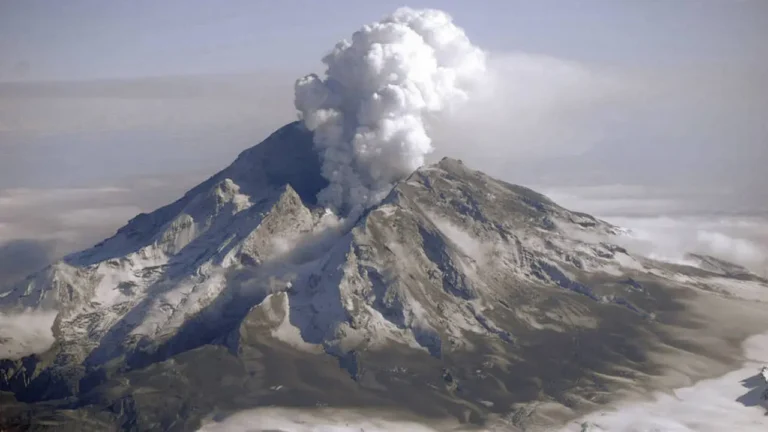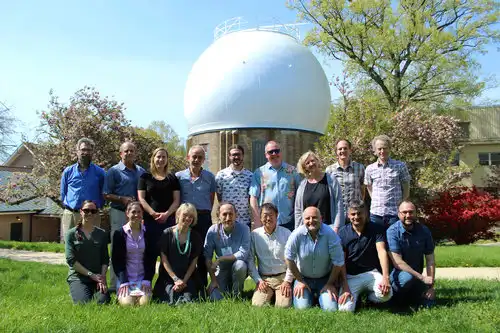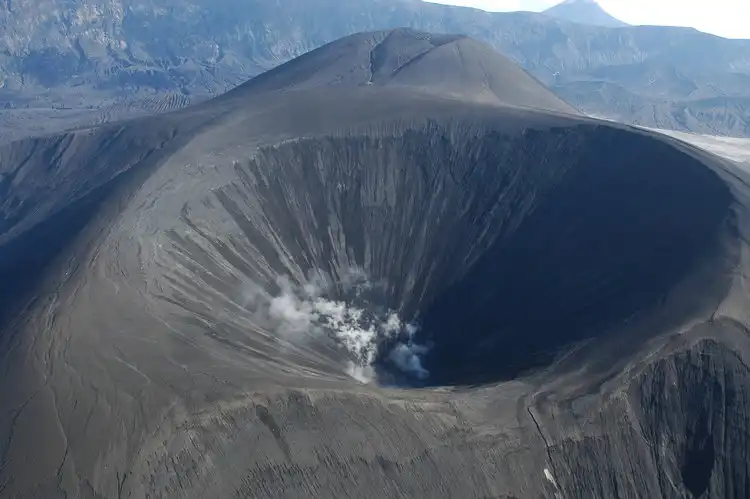
Volcanoes: Nature’s Carbon Release Valves
Volcanoes are more than just fiery spectacles—they play an essential role in regulating the Earth’s carbon cycle and climate. While we often think of volcanic eruptions as dramatic events that disrupt local environments, they are also a crucial part of the planet’s natural system for controlling carbon levels. These mighty













